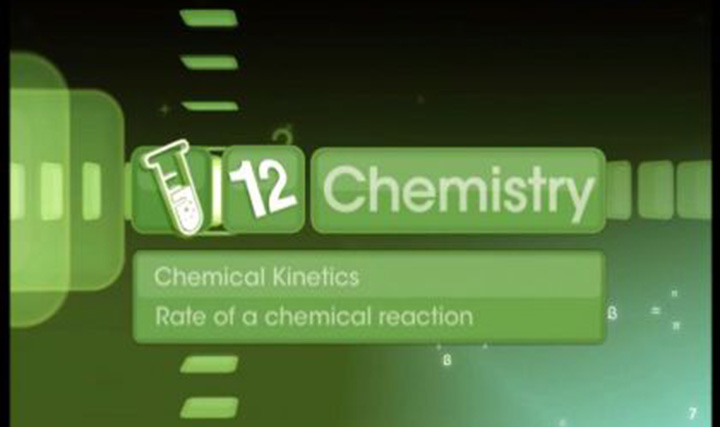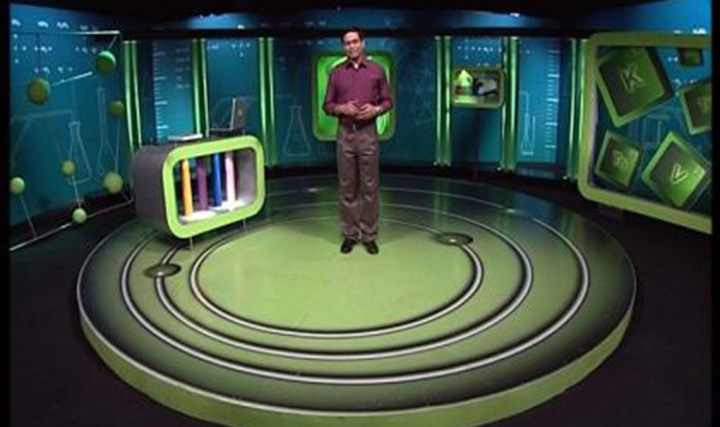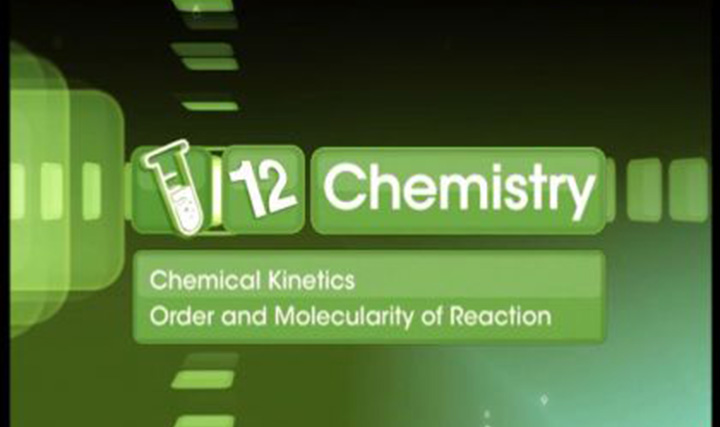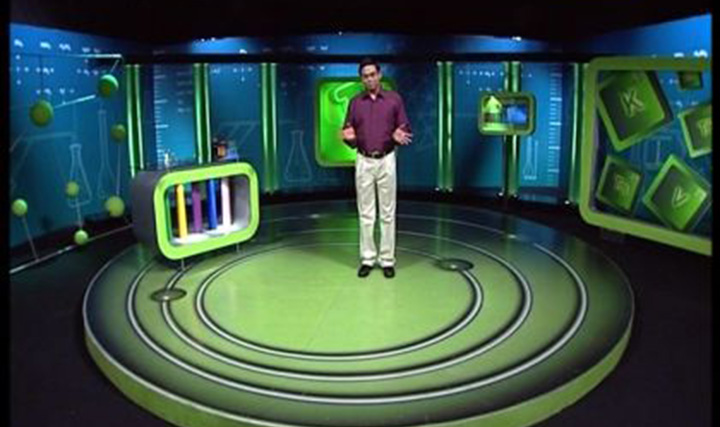CBSE Class 12-science - Collision Theory Videos
Collision Theory
This video explains collision theory, effective and ineffective collision.
More videos from this chapter
View All- Collision theory of chemical reactions is based on which theory?
- Define Collision frequency Z.
- What is the main drawback of the Collision theory?
- Write down the modified form of Arrhenius equation on the basis of collision theory.
-
Hydrogen gas and iodine vapour combine to form hydrogen iodide gas, as shown in the equation H2 + I2 → 2HI. Using representations shown below draw a diagram to show an orientation for the reactant molecules that can produce an effective collision capable of producing two hydrogen iodide molecules.
- What are the two conditions that are necessary for effective collisions?
- State the main postulates of the collision theory.
- The value of the rate constant for the decomposition of nitrogen pentoxide is 3.4 ×10-5 at 250C and 4.87 × 10-3 at 65oC. Calculate the activation energy for the reaction. (R = 8.314 JK-1 mol-1). N2O5 → N2O4 + 1/2 O2
- The rate of a reaction becomes four times when the temperature changes from 293 K to 313 K. Calculate the energy change of the reaction assuming that it does not change with temperature.
- Calculate the activation energy of a hydrogen carbon whose decomposition is given as follows: K= (4.5 x 1011 s-1) e-28000K/T






